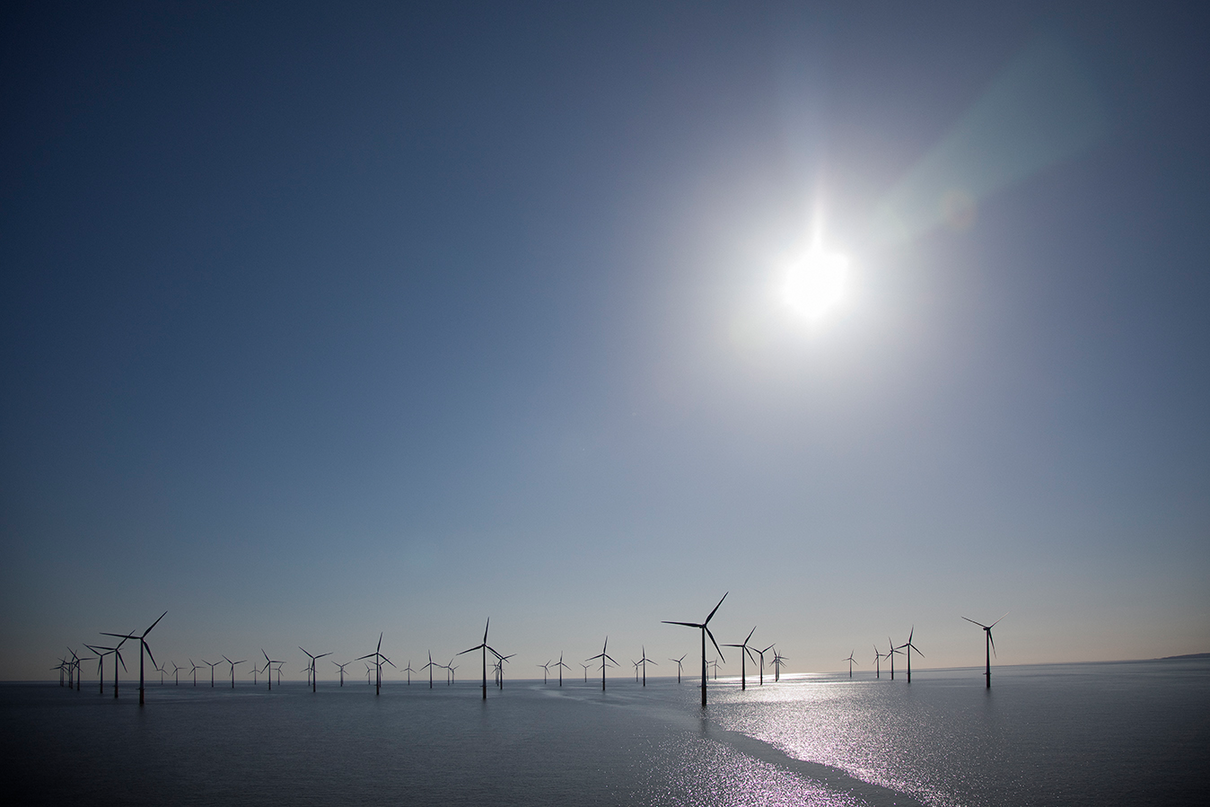The National Grid Electricity Systems Operator (ESO) has unveiled a $74 billion grid expansion plan proposal. The National Grid Electricity Systems Operator aims to raise Great Britain’s generation capacity. The proposal aims to achieve this by using renewable energy, with the ultimate goal of meeting growing demands. It will also facilitate the achievement of power sector decarbonization. The grid expansion plan aims to connect a further 21 Gigawatts (GW) of wind in development offshore Scotland to the grid. This is on top of a previous recommendation of 23 GW. “This would mean that there would be 86 GW of offshore wind, making Britain a global leader in offshore wind and floating offshore wind farms”, the ESO noted. The UK’s grid expansion plan is based on the International Renewable Energy Agency’s insight that there is currently 63GW of offshore wind installed globally.
The Scope of the UK’s Grid Expansion Project
ESO noted that there will be over 30GW of offshore wind in the Scottish waters compared to the 6GW of peak electricity demand in Scotland in 2035. The UK’s grid expansion plan is to move that power where it could be much more valuable and be used. This means redistributing the power across Great Britain, both around Scotland and across the United Kingdom. The ESO notes in the grid expansion plan proposal text that Britain has not invested in transmission capacity. Though it has achieved significant growth in renewable energy capacity, its lack of investment in transmission capacity leads to wastage. The Department for Business and Trade has insight that the UK has so far commissioned 13.9 GW of offshore wind. The country has 77 GW on the pipeline, across 80 projects that are currently undergoing construction. These projects have been consented to or are planning to be.
The Significance of the ESO’s Expansion Project Plan
The UK’s national goal is to reach 50 GW of offshore wind capacity by the end of the decade. The ESO had in 2022 recommended an offshore wind capacity addition of 23 GW to meet the 2030 target. The grid expansion plan will facilitate in the substantial rise of Britain’s electricity supply to meet the rising demand. According to research, the UK’s electricity needs are set to go up to nearly 65 percent by 2035. Furthermore, as people’s everyday lives become digitally intertwined and they move towards more electrified options, supply increases. The ESO, which works as a separate grid with the National Grid PLC, discussed these aspects in detail in its proposal. The ambitious grid expansion plan also facilitates the aims of the UK government to have a fully decarbonized electricity system by 2035. The plan also seeks to grow transmission capacity to match the growth in renewable generation.
The State of the Region over the Project
Though there has been no official comment from the government, the proposals laid out by the ESO seem to be of great help. The implementation of the plan means producing more electricity and transporting it in a smarter, cheaper, and greener way. The project also brings forth a key part of implementing this by connecting the offshore wind within Great Britain in a coordinated way. After assessing about 200 network options, the grid expansion plan entails an optimized high-level network design. The design recommends over three times as much as undersea cabling laid compared to new onshore routes. This would immensely facilitate linking electricity being produced on our shores and onto the mainland at appropriate points.
Also read:
UK-based Mace Wins The Delivery Partner Role on the World’s Largest Airport Project
UK’s Exmoor Bridge Construction in Place as Construction is Set to Begin Soon
UK: Liverpool unveils plans to build the world’s largest tidal power generator
